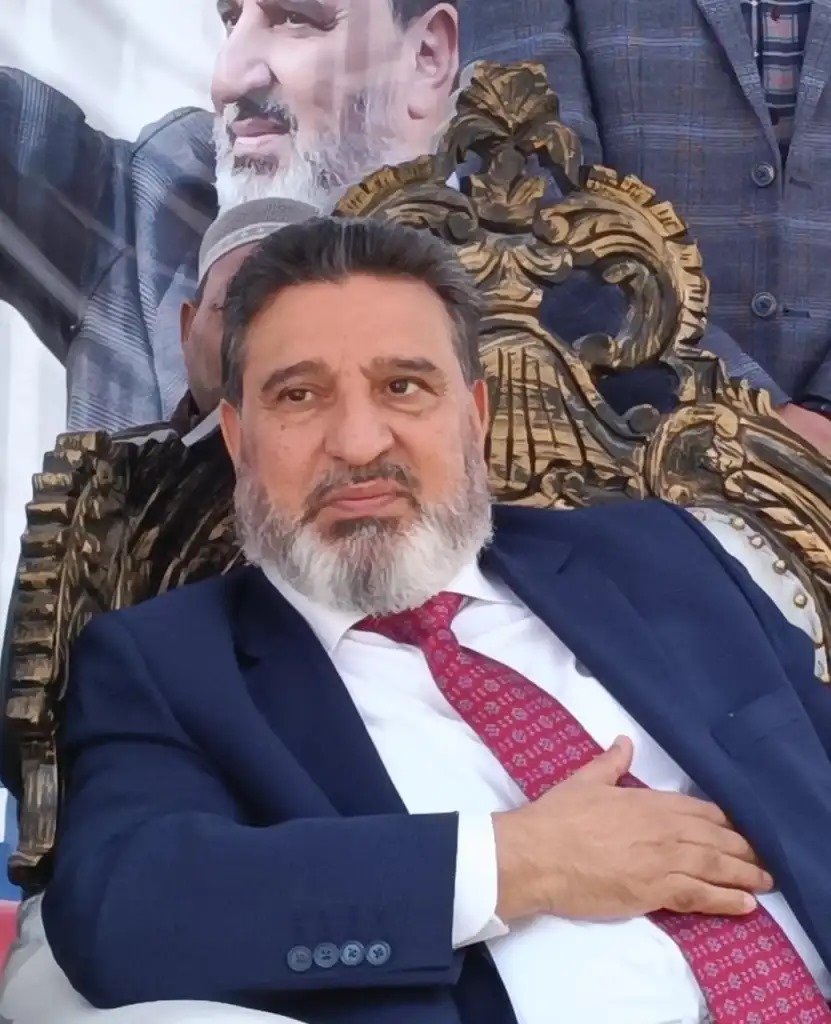Diplomat Special Correspondent
Uri/Kupwara, (DD): After spending four sleepless nights huddled in cramped schoolrooms, community halls, and makeshift relief shelters, residents living along the Line of Control (LoC) in Jammu and Kashmir are cautiously stepping out—but not without a lingering fear.
The ceasefire, brokered by the United States following days of cross-border shelling, has brought a temporary halt to the violence. But for those from border villages like Gingil (Uri), Karnah, Keran, and Tanghdar—where lives were upended and homes reduced to rubble—the question remains: how long will it last?
“We survived four days of horror. If the US could stop the firing, why can’t it help make peace permanent?” asks Rafiqa Bano, who fled her home in Keran with her children when a mortar shell struck their courtyard.
In shelter homes scattered across the region, conversations echo similar sentiments.
“This is not a life. Four days we lived without sleep, food was shared in handfuls, and every loud sound made children cry,” said Mehraj Din, a farmer from Uri. “Peace cannot be a break between wars. We want it to be a way of life.”
The April 22 terror attack in Pahalgam, which killed 26 tourists, triggered intense military exchanges across the LoC. As the shelling intensified, dozens of families fled their homes with little more than the clothes on their backs.
“I haven’t been able to check on my house. I don’t know if I still have one,” said Javed Ahmad, a shopkeeper from Karnah. “If world powers can stop us from killing each other, they should also help us rebuild our lives in peace.”
Local authorities confirm that over 300 people were displaced across northern districts. While temporary relief is being provided, residents say their greatest need is assurance of lasting calm.
“The US intervened. It stopped the bloodshed. Now we request them—don’t let it restart,” said Shabir Lone, whose cousin died in Tanghdar during the shelling. “Let this ceasefire become a treaty, not just a truce.”
In the backdrop of smoky hills and fractured homes, hope flickers quietly.
“We’ve seen ceasefires before,” said Nusrat Jan, a student volunteering at a relief center. “But this time, we want the world to help us hold on to it. Let this not be a pause before the next storm.” (DD)



